Happy Birthday, Hubble! 10 Epic Photos from the Iconic Space Telescope
The Hubble Space Telescope is celebrating its 25th anniversary. The iconic observatory, which was launched into space on April 24, 1990, has had its share of adventures over the years — including a faulty mirror (later repaired) and visits from astronauts on servicing missions. For the past 25 years, Hubble has given us new perspectives on planets across the solar system and jaw-dropping views of locations across the universe. Here are some of the space telescope's greatest hits.
Pillars of Creation
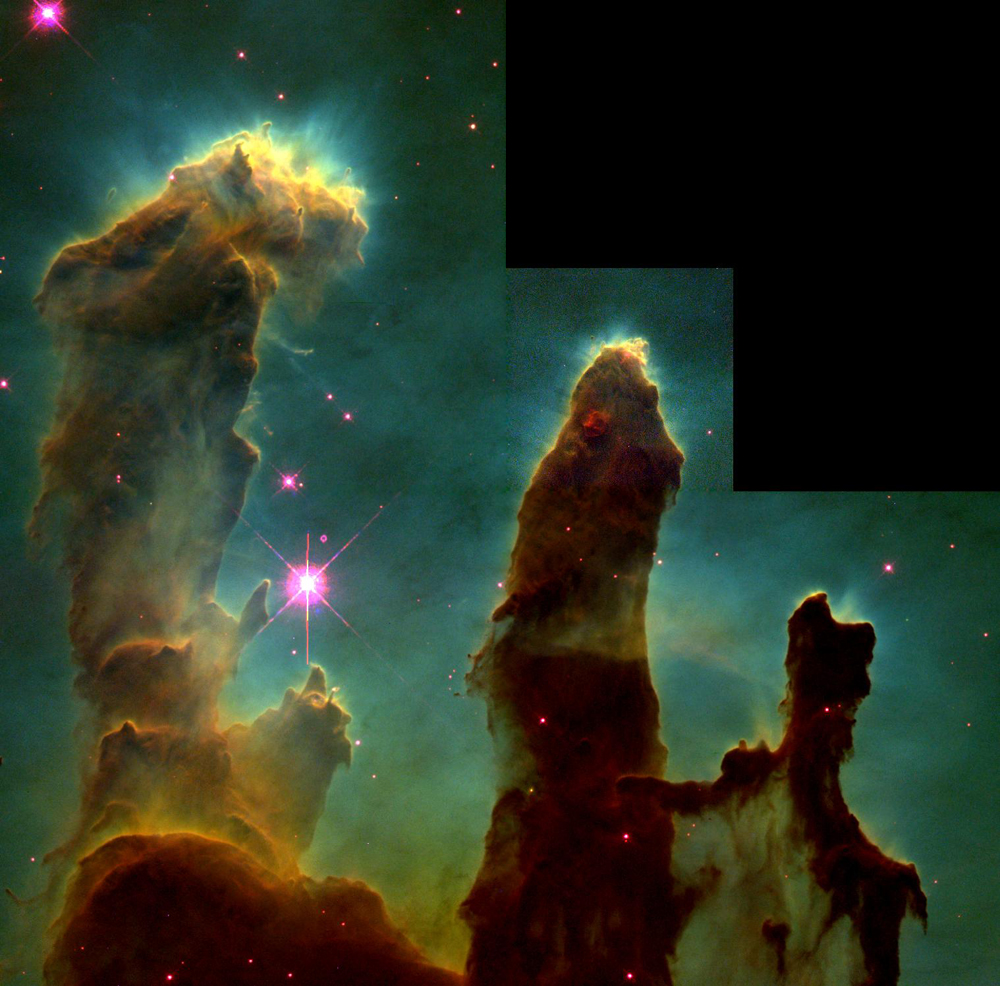
The famous "Pillars of Creation" were captured by Hubble in 1995. The image shows an area of the Eagle Nebula that is a hotspot of star formation. Observing these types of regions can help astronomers learn more about how stars are born, which could provide clues about how our own sun came to be. The iconic area has been revisited over the years by Hubble, showing small changes in the cloud, roughly 6,500 light-years away from Earth. (Credit: NASA, ESA, STScI, J. Hester and P. Scowen/Arizona State University)
Faces of Pluto
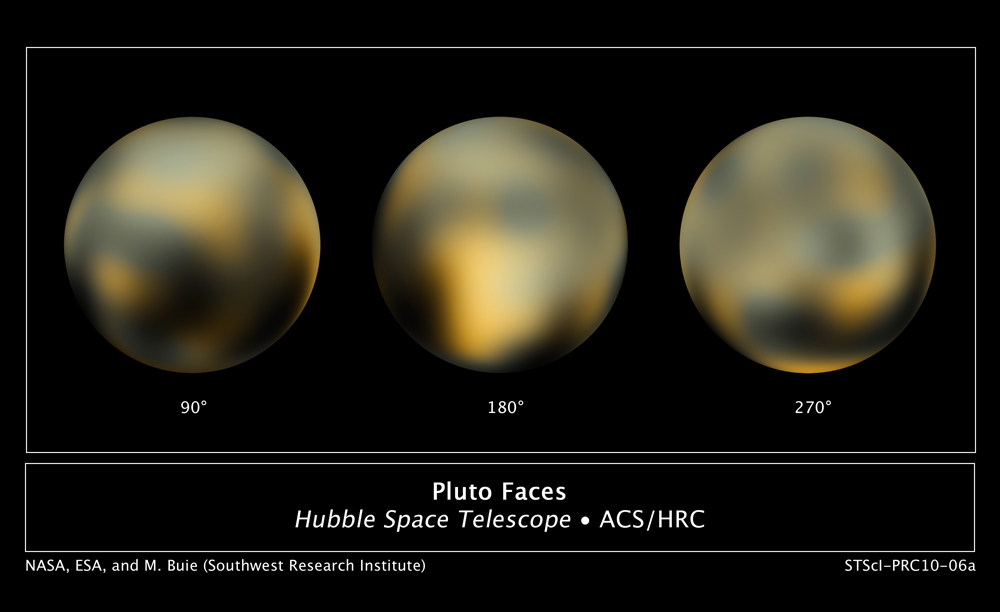
Hubble is frequently used as a scout for spacecraft zooming through the solar system. For example, between 2002 and 2003, Hubble took several pictures of Pluto. These images, released in 2010, show some details of the dwarf planet's surface. Observations of Pluto and its moons are being used to better chart the course of NASA's New Horizons spacecraft, which will fly by Pluto in July. (Credit: NASA, ESA, and M. Buie/Southwest Research Institute)
Ring in space
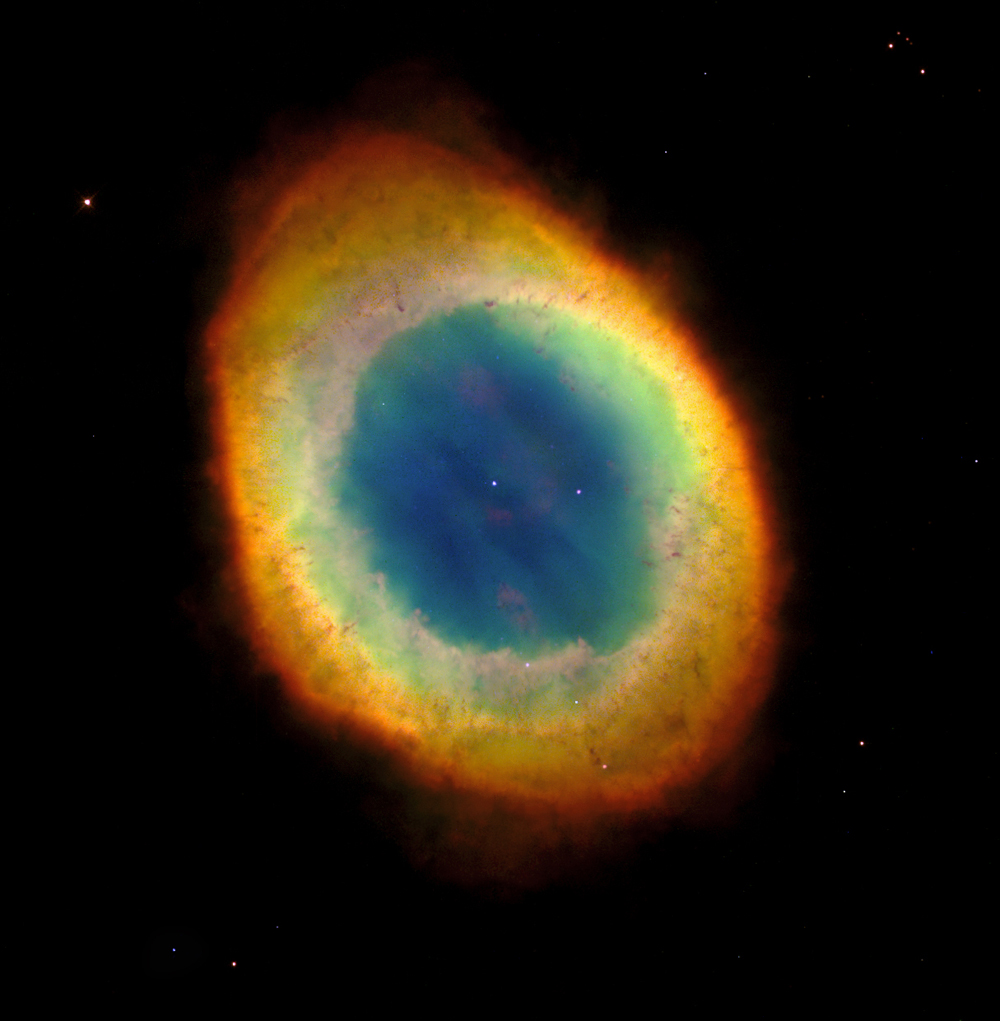
This view of the Ring Nebula (M57) was captured by Hubble in 1998, showing expanding rings of gas some 2,000 light-years from Earth. The colors you see here are close to true optical color, but taken over an extended period (which means they shine brighter than what you would see with the naked eye). In this photo, a star is casting off layers of gas, signifying one of the last stages of its life. Such pictures help show us how stars change over their lifespans. (Credit: The Hubble Heritage Team/AURA/STScI/NASA)
Sign up for the Live Science daily newsletter now
Get the world’s most fascinating discoveries delivered straight to your inbox.
Montage of nearby galaxy
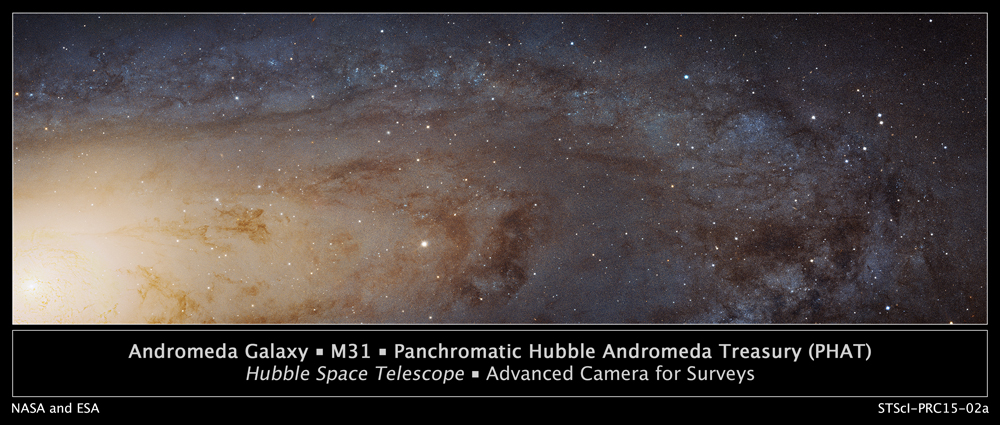
The Andromeda Galaxy (M31) is the closest huge galaxy to Earth, located 2.5 million light-years from Earth. It's so big that you can see it with the naked eye on a dark night, which means for Hubble, it's huge; it took more than 400 pointings to assemble this high-resolution view. From this image, released in 2015, scientists hope to learn more about the populations of stars inside galaxies. (Credit: NASA, ESA, J. Dalcanton, B.F. Williams, and L.C. Johnson/University of Washington, the PHAT team, and R. Gendler)
Saturn's changing views
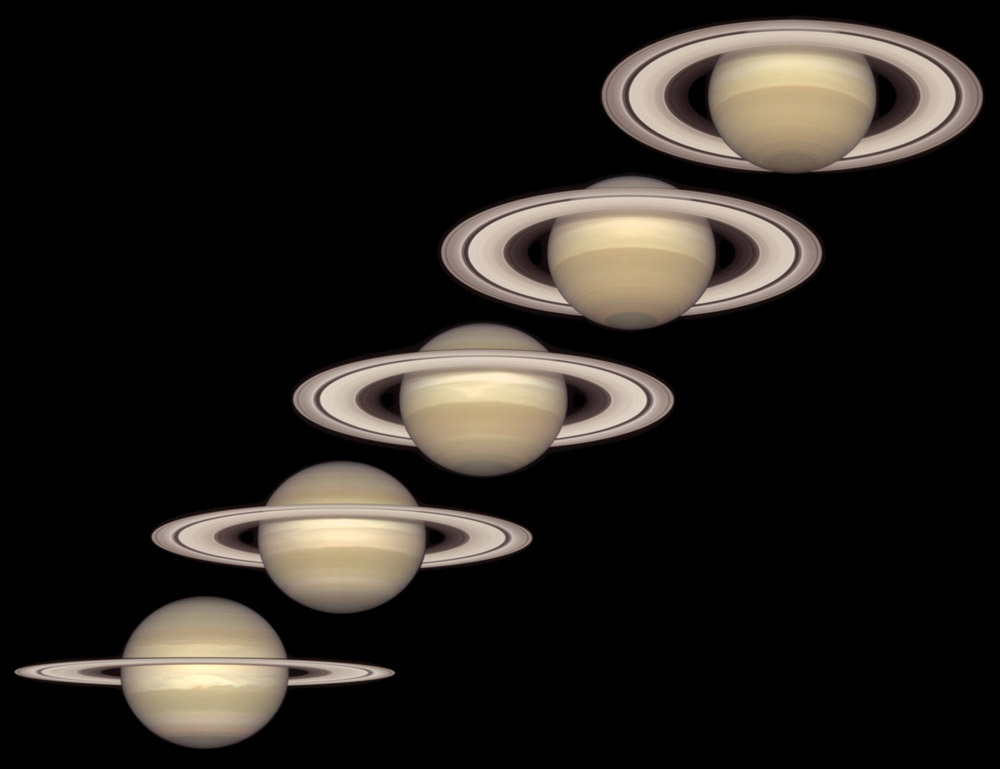
One advantage of having the same telescope operating for decades is you can look at the same object several times, monitoring it for changes over time. Between 1996 and 2000, Hubble snapped pictures of Saturn, and the results were added into one large image. Hubble has also seen changes in Jupiter's Great Red Spot, which is a large storm raging on the gas giant. (Credit: NASA and The Hubble Heritage Team/STScI/AURA)
Shiny Sombrero
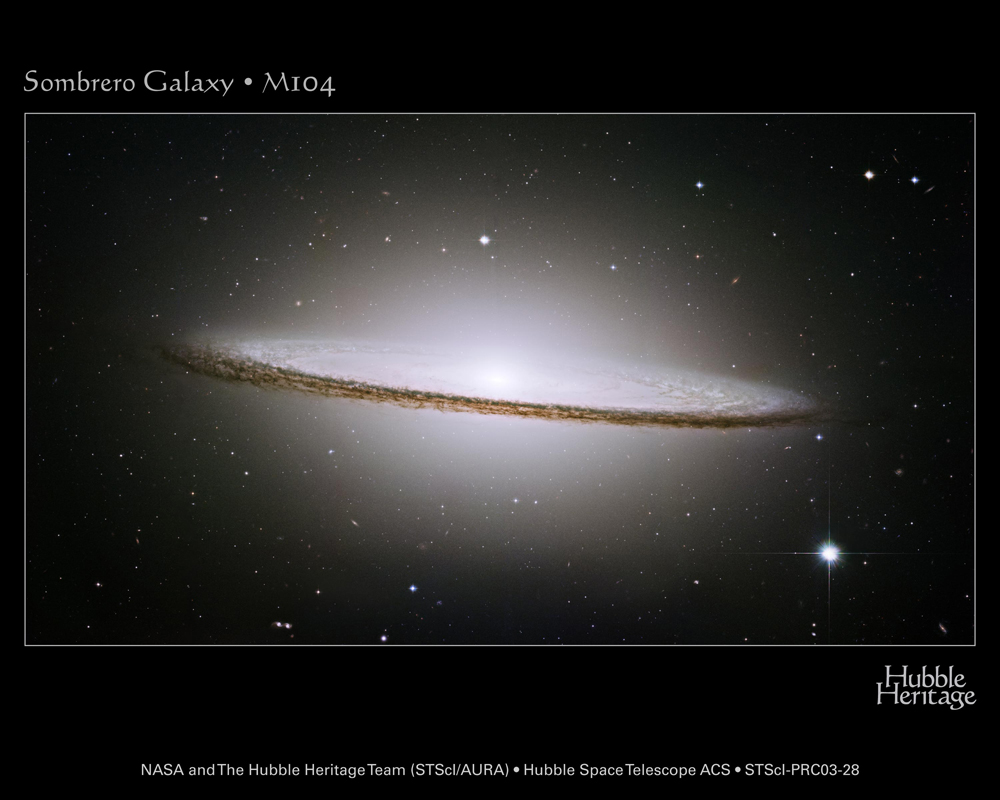
When a galaxy is photogenic, a close-up view makes it even more so. Hubble captured this spectacular image of the Sombrero galaxy (M104) in 2003. Astronomers used the image to learn more about globular clusters, which are collections of stars that tend to be very old. These structures can show how the universe has changed over its lifetime. (Credit: NASA and The Hubble Heritage Team/STScI/AURA)
Eroding Horsehead
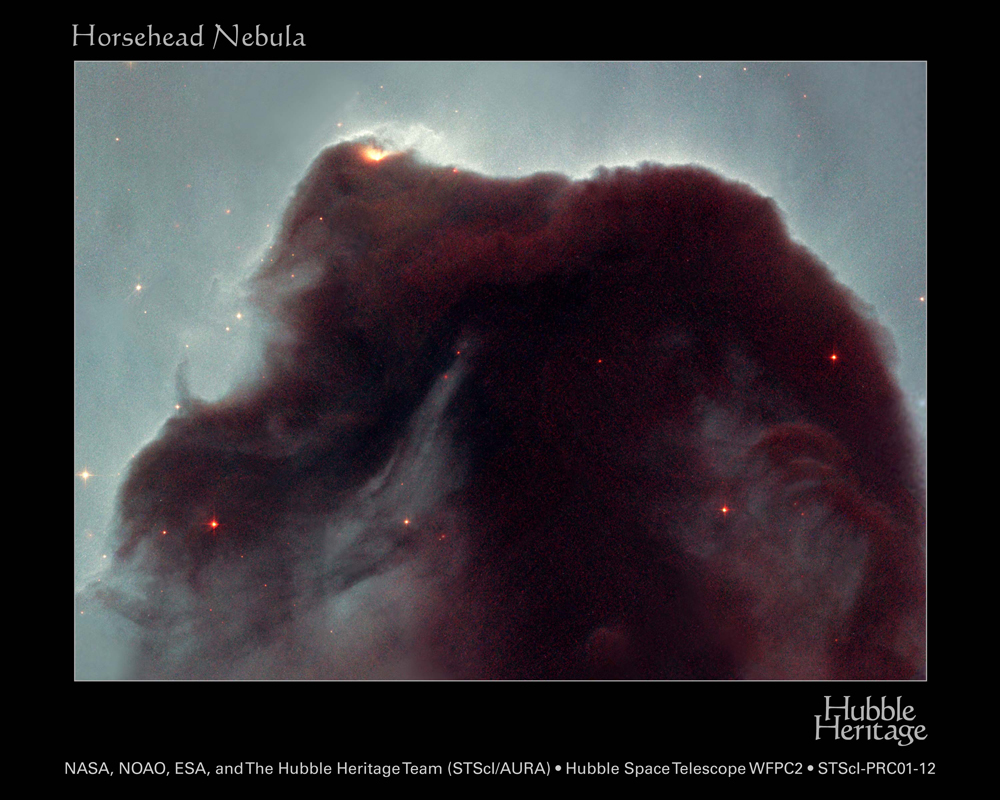
In this 2001 view of the Horsehead Nebula (also called Barnard 33), you can see a young star within a cloud of gas and dust. Radiation from the star is pushing the gas away over time. The Horsehead Nebula is a popular target among amateur astronomers, and was selected by the Hubble team following an online contest to decide where the telescope should point. (Credit: NASA, NOAO, ESA and The Hubble Heritage Team/STScI/AURA)
Doomed comet
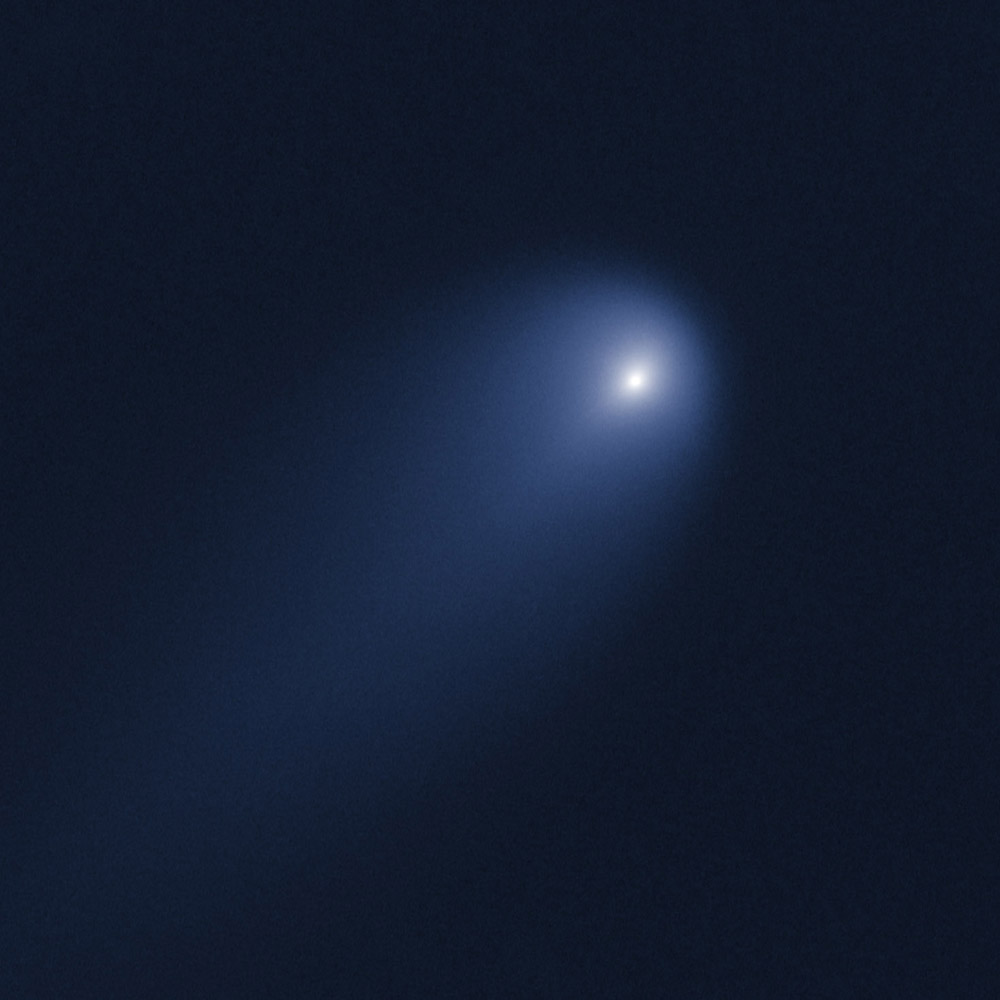
On April 10, 2013, Hubble swung its powerful eye towards Comet ISON. At the time, some astronomers were predicting that the large ISON would make a spectacular show around Christmastime, just after its closest approach to the sun. However, ISON swung too close to our planet's nearest star and broke apart. Luckily, the comet remains in pictures to help astronomers make better comet predictions for future visits from these icy wanderers. (Credit: NASA, ESA, J.-Y. Li/Planetary Science Institute, and the Hubble Comet ISON Imaging Science Team)
Colorful gas and dust
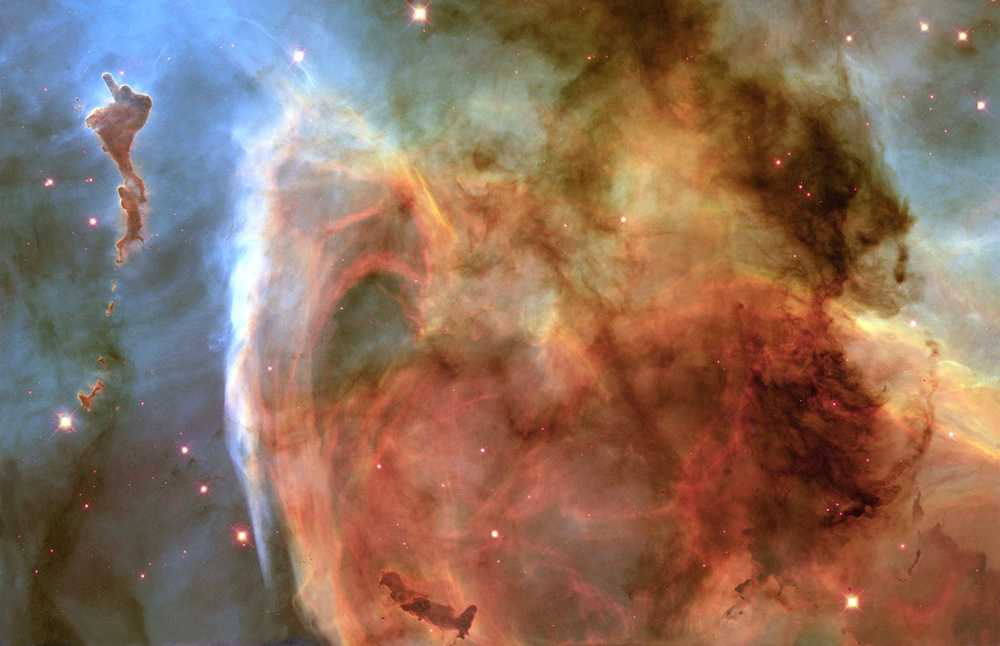
This 1999 image of the so-called Keyhole Nebula shows an active region embedded within the Carina Nebula (also known as NGC 3372). It shows hot gas as well as colder dust and molecules swirling around each other. Hubble's powerful eye showed how these structures move with respect to each other, and also revealed areas that may be creating new stars. (Credit: NASA/JPL-Caltech/ESA, the Hubble Heritage Team/STScI/AURA)
Extreme View Of The Universe
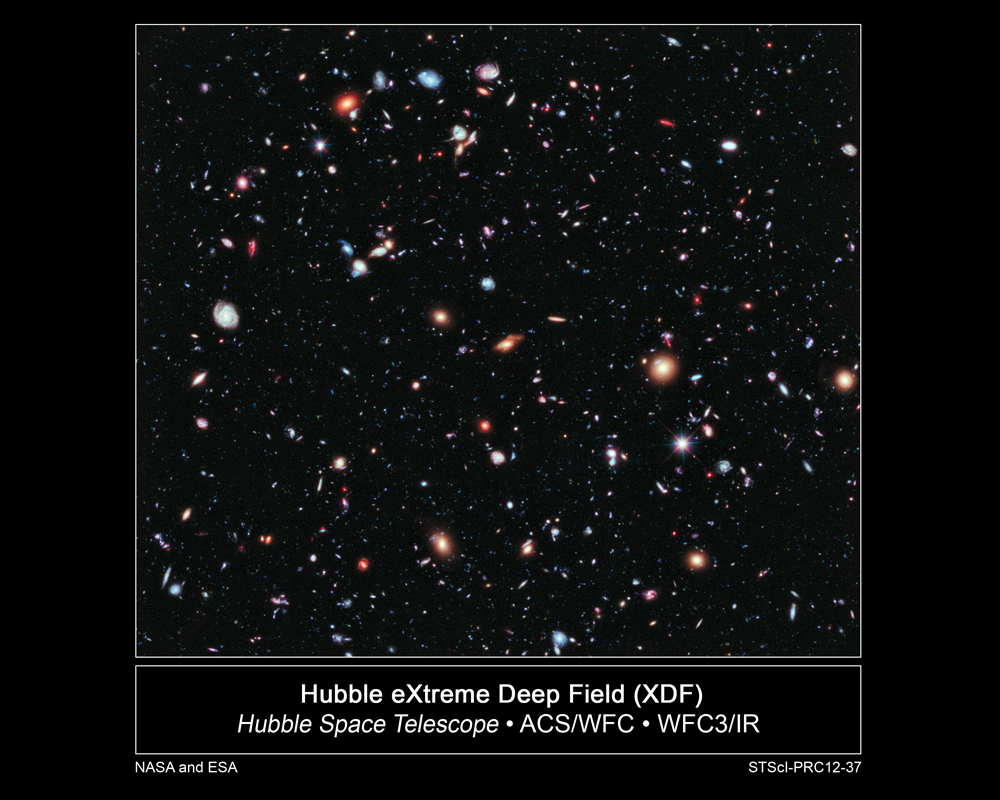
Hubble sometimes peers at a tiny area of the sky for several hours, just to see how deep into the universe it can look. One of the best view yet came in 2012, when Hubble scientists released the eXtreme Deep Field, based on a decade of Hubble observations. Here, you can see roughly 5,500 galaxies of all ages, representing the deepest view of the universe yet taken. (Credit: NASA, ESA, G. Illingworth, D. Magee, and P. Oesch/University of California, Santa Cruz, R. Bouwens/Leiden University and the HUDF09 Team)
Follow Live Science @livescience, Facebook & Google+.

Elizabeth Howell was staff reporter at Space.com between 2022 and 2024 and a regular contributor to Live Science and Space.com between 2012 and 2022. Elizabeth's reporting includes multiple exclusives with the White House, speaking several times with the International Space Station, witnessing five human spaceflight launches on two continents, flying parabolic, working inside a spacesuit, and participating in a simulated Mars mission. Her latest book, "Why Am I Taller?" (ECW Press, 2022) is co-written with astronaut Dave Williams.









